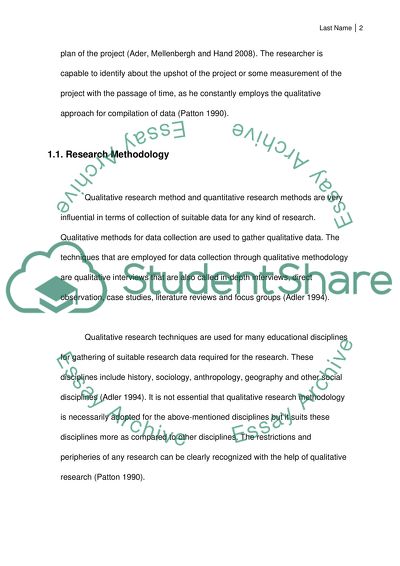Cite this document
(“Methodology Dissertation Example | Topics and Well Written Essays - 2750 words”, n.d.)
Retrieved from https://studentshare.org/family-consumer-science/1408069-methodology
Retrieved from https://studentshare.org/family-consumer-science/1408069-methodology
(Methodology Dissertation Example | Topics and Well Written Essays - 2750 Words)
https://studentshare.org/family-consumer-science/1408069-methodology.
https://studentshare.org/family-consumer-science/1408069-methodology.
“Methodology Dissertation Example | Topics and Well Written Essays - 2750 Words”, n.d. https://studentshare.org/family-consumer-science/1408069-methodology.


